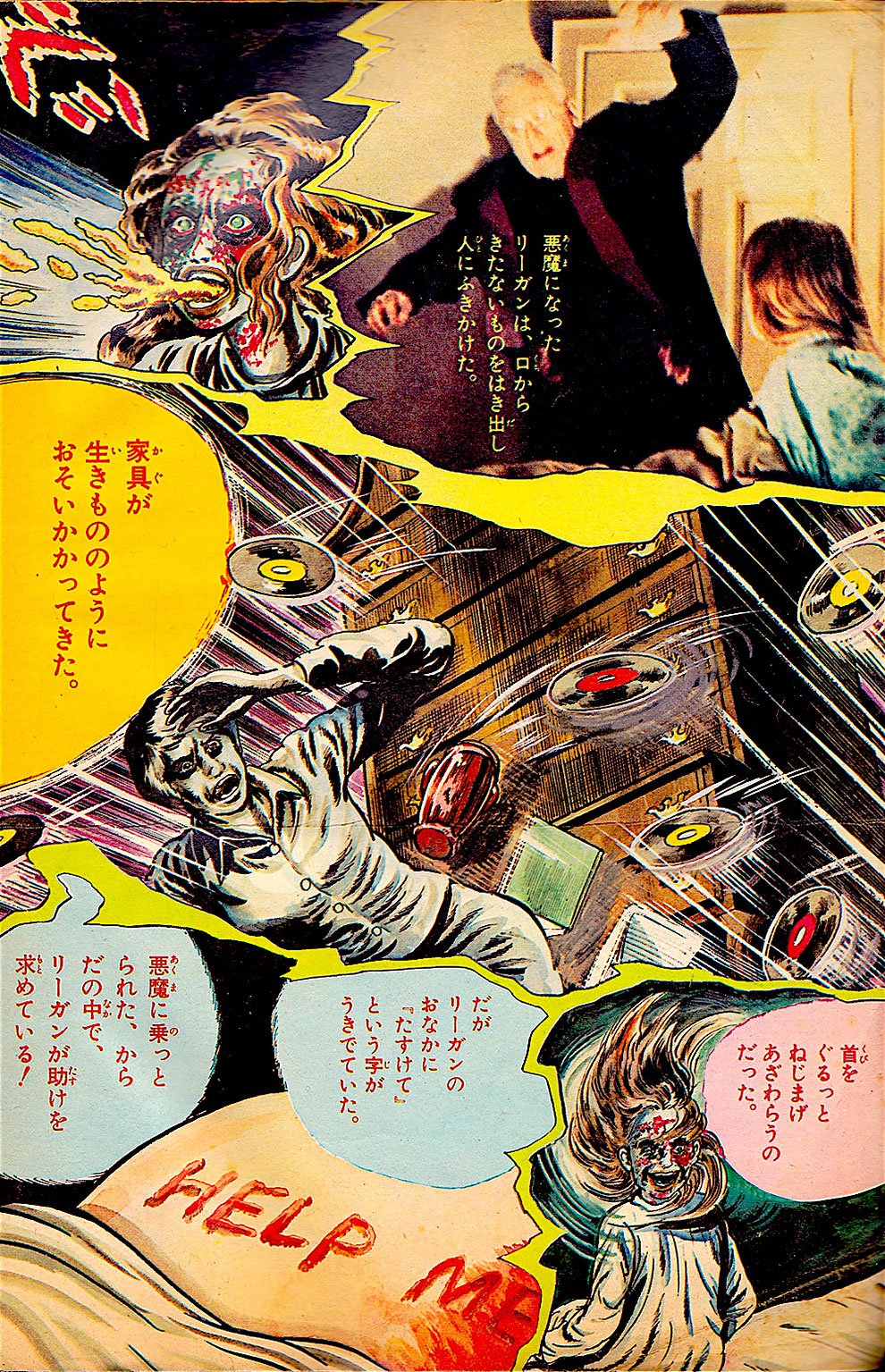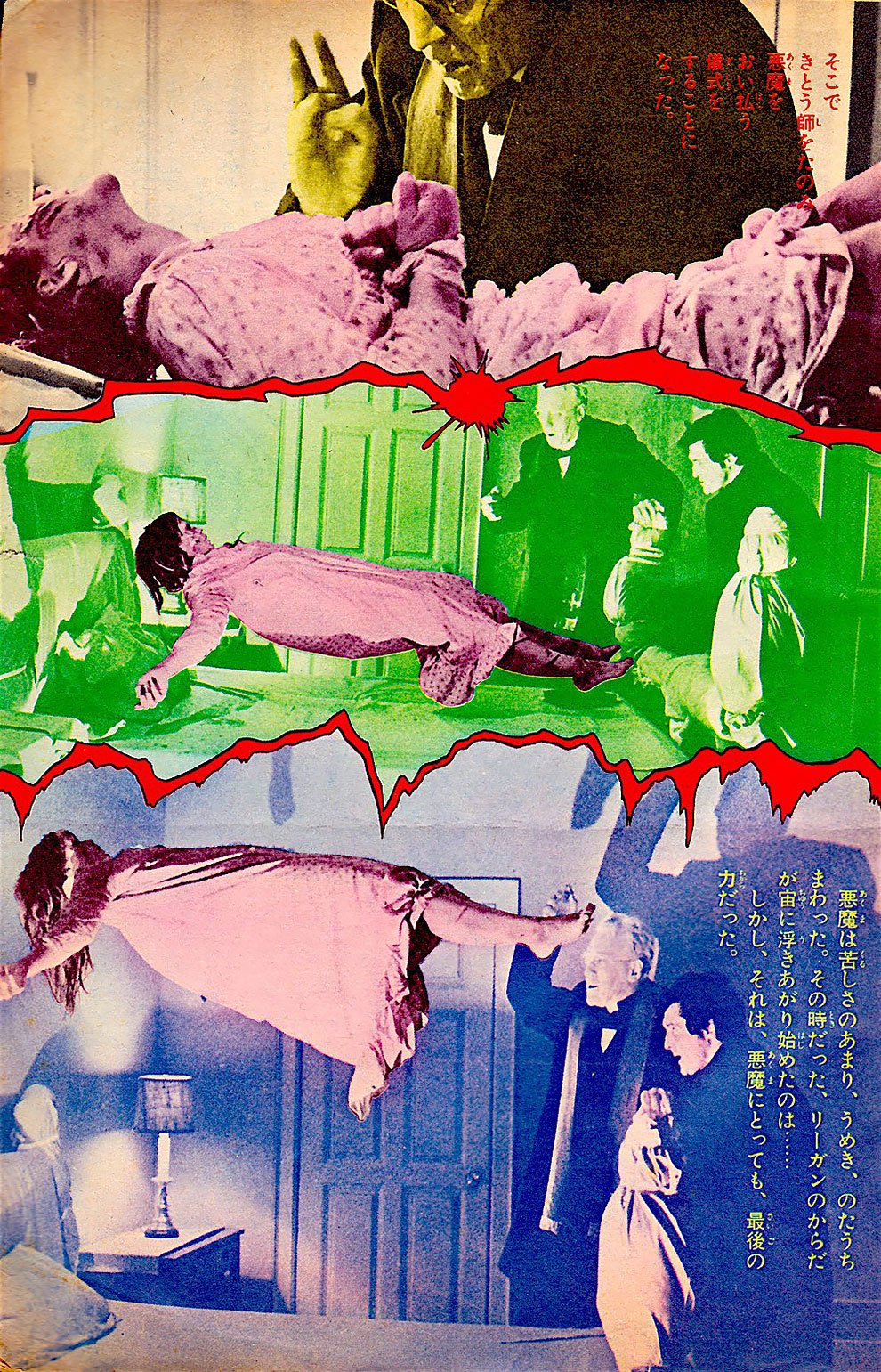
The manga adaptation of the iconic horror film, The Exorcist, created a buzz when it was featured in the July 7th, 1974 issue of the esteemed Shonen Sunday magazine. This highly anticipated release came just a week before the film made its debut in Japan, adding to the excitement among manga enthusiasts and horror aficionados alike.
It is worth noting that the manga adaptation was published six months after the film’s successful premiere in the United States in December 1973, further igniting the curiosity surrounding this chilling tale.
Shonen Sunday has remained a prominent weekly shonen manga magazine since its inception in March 1959. Published by the renowned publishing company Shogakukan, this magazine has been a beloved source of captivating stories and thrilling adventures for generations of manga readers.
h/t: flashbak
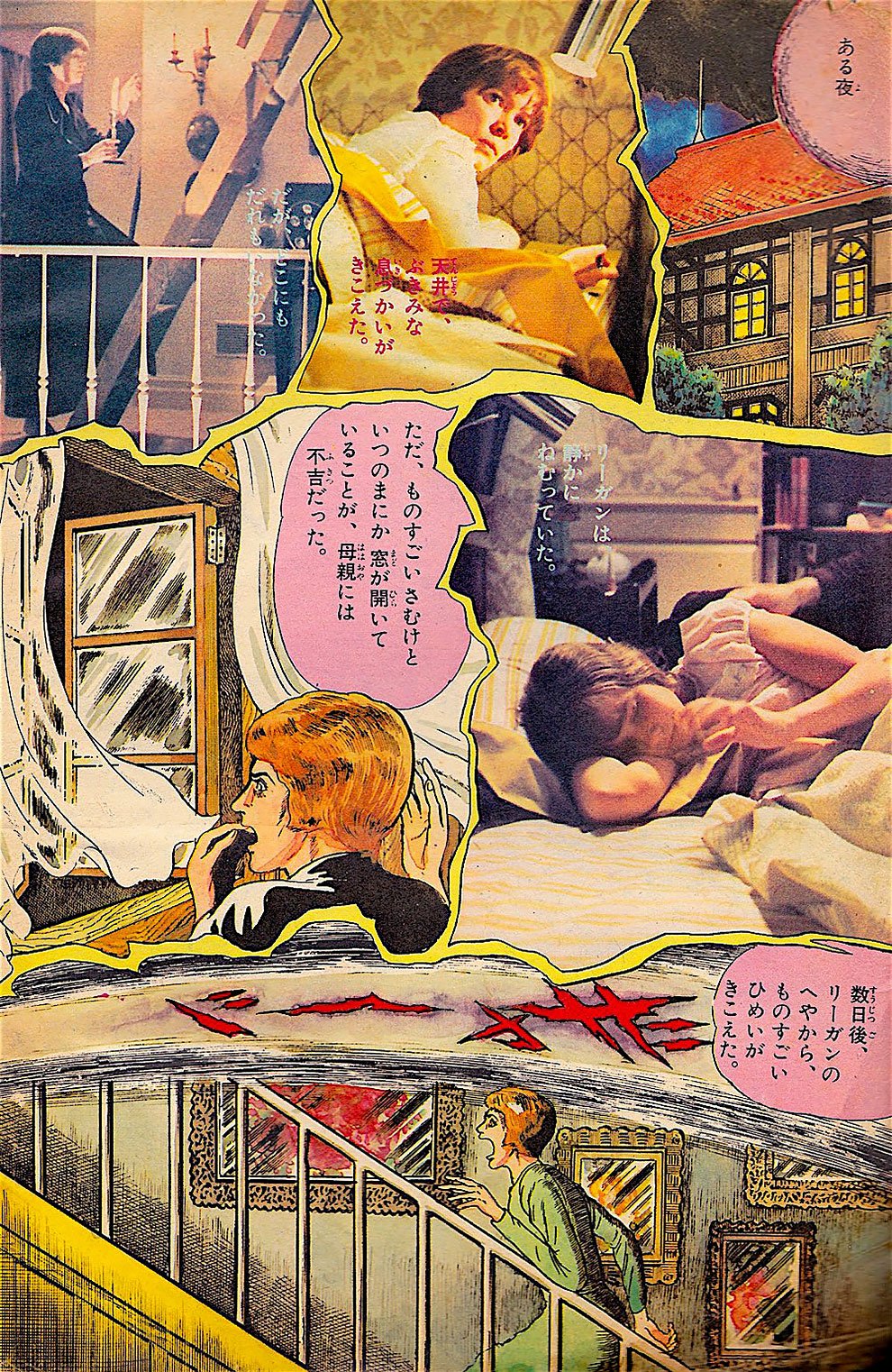
With its rich history and commitment to delivering high-quality content, Shonen Sunday has become a trusted platform for talented manga artists to showcase their work and captivate audiences with their unique storytelling abilities. The decision to adapt The Exorcist into a manga format was a bold move that aimed to bring the film’s terrifying narrative to a new audience.
Kazuo Umezu, a highly acclaimed manga artist known for his macabre and psychologically intense works, was chosen to undertake this challenging task. With his distinctive artistic style and penchant for exploring darker themes, Umezu was the perfect choice to capture the essence of the film and infuse it with his own creative vision.
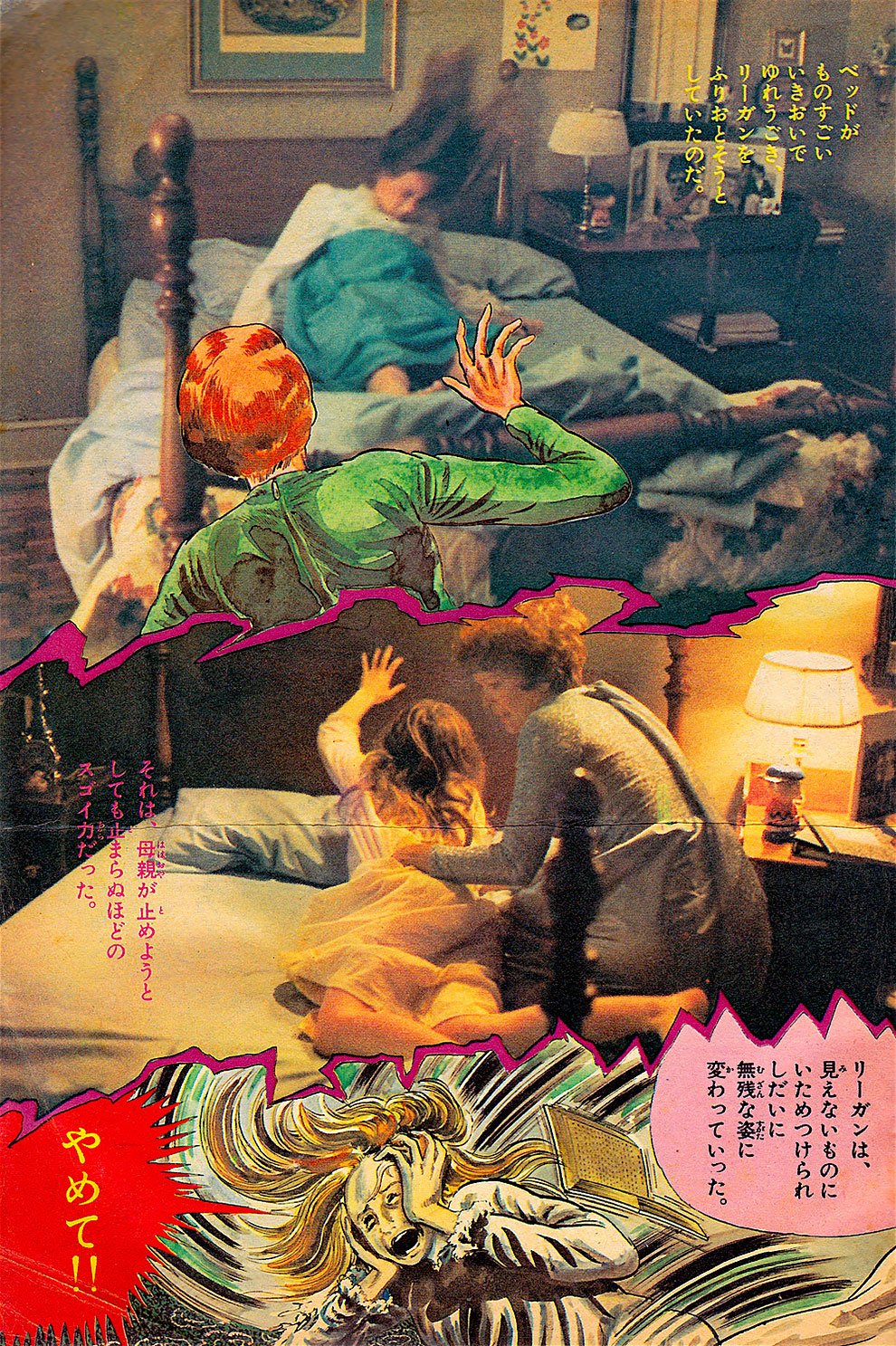
The release of The Exorcist manga in Shonen Sunday was met with great anticipation and excitement. Fans of the film eagerly awaited the opportunity to immerse themselves once again in the terrifying world of demonic possession and exorcism. The manga adaptation not only allowed readers to relive the chilling events depicted in the film but also provided a fresh perspective on the story, offering new insights and interpretations.
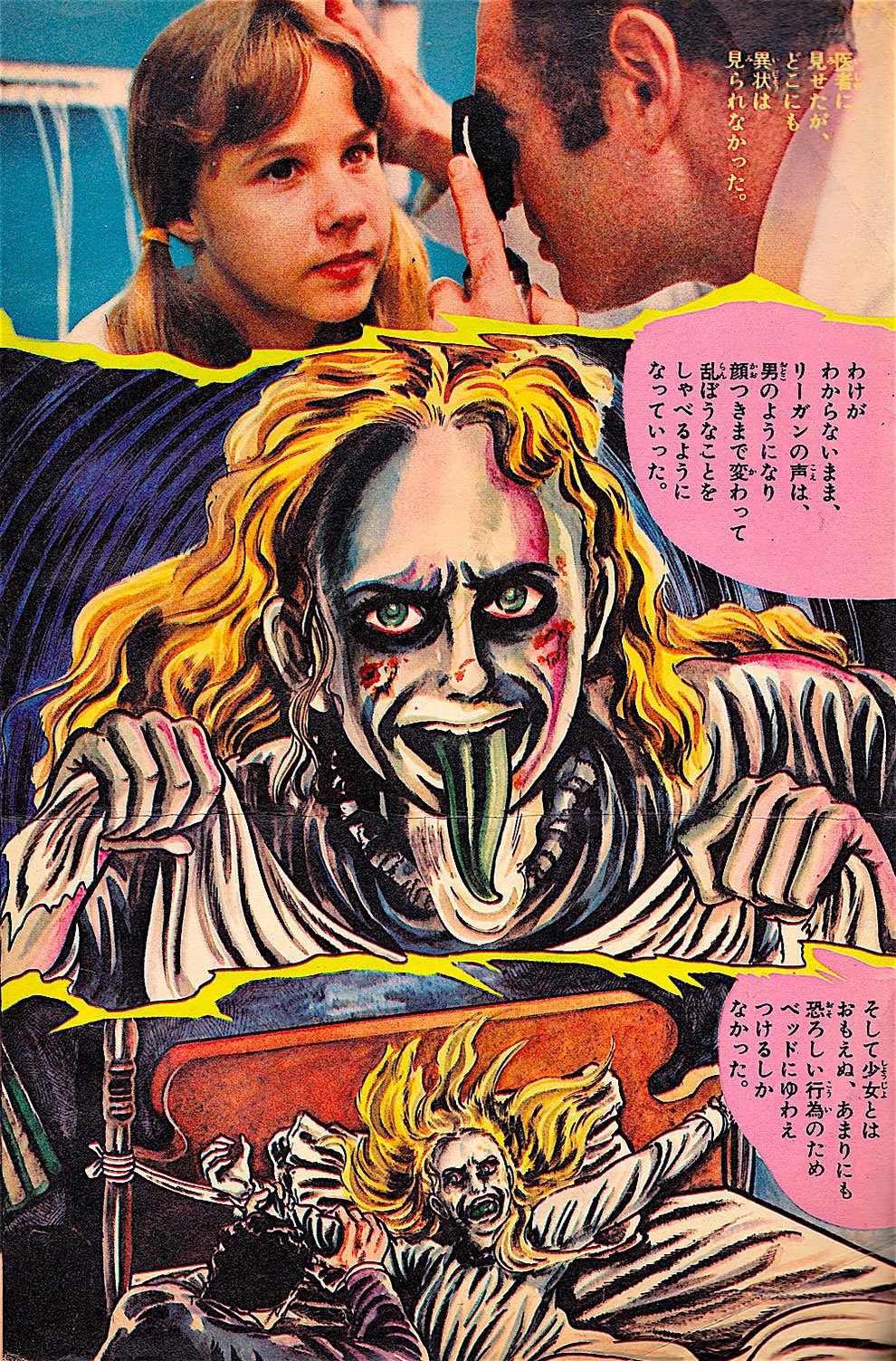
Umezu’s adaptation of The Exorcist stayed true to the film’s haunting atmosphere and spine-tingling suspense. Through his intricate illustrations and meticulous attention to detail, Umezu effectively conveyed the eerie ambiance that made the film such a sensation. Each page of the manga was carefully crafted to evoke a sense of foreboding and unease, drawing readers deeper into the story’s dark and twisted realm.
Moreover, Umezu’s adaptation added depth to the characters, shedding light on their inner struggles and motivations. By delving into their backgrounds and exploring their fears and vulnerabilities, Umezu humanized the characters, making their harrowing experiences even more relatable. This newfound emotional resonance heightened the impact of the story, leaving readers captivated and emotionally invested until the very end.
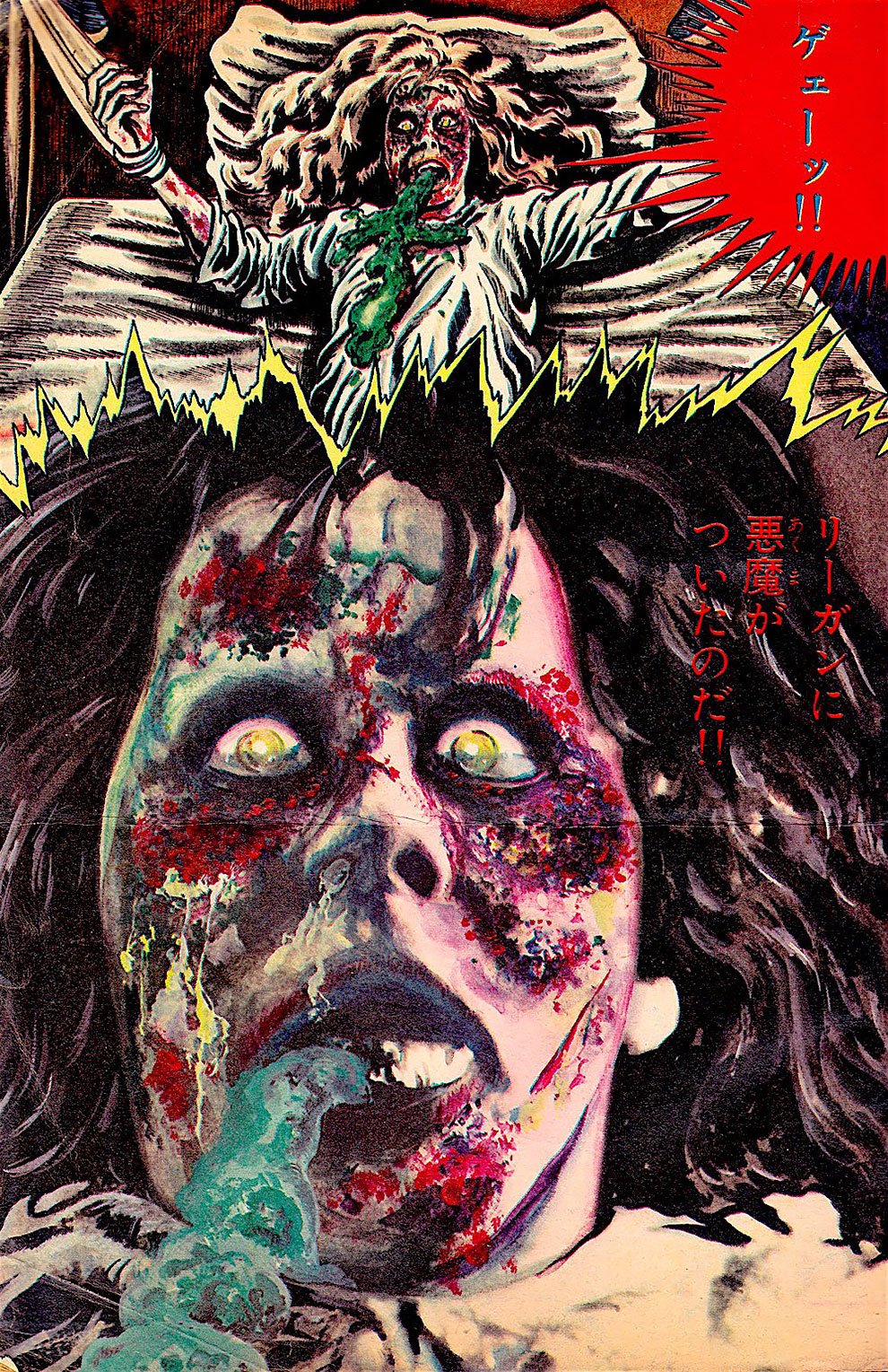
The release of The Exorcist manga in Shonen Sunday marked a significant moment in the convergence of horror films and manga. It showcased the power of visual storytelling in both mediums and demonstrated the enduring appeal of terrifying tales. The successful adaptation of this iconic film into a manga format not only solidified the cultural impact of The Exorcist but also paved the way for future collaborations between the worlds of cinema and manga, expanding the creative boundaries of both art forms.
